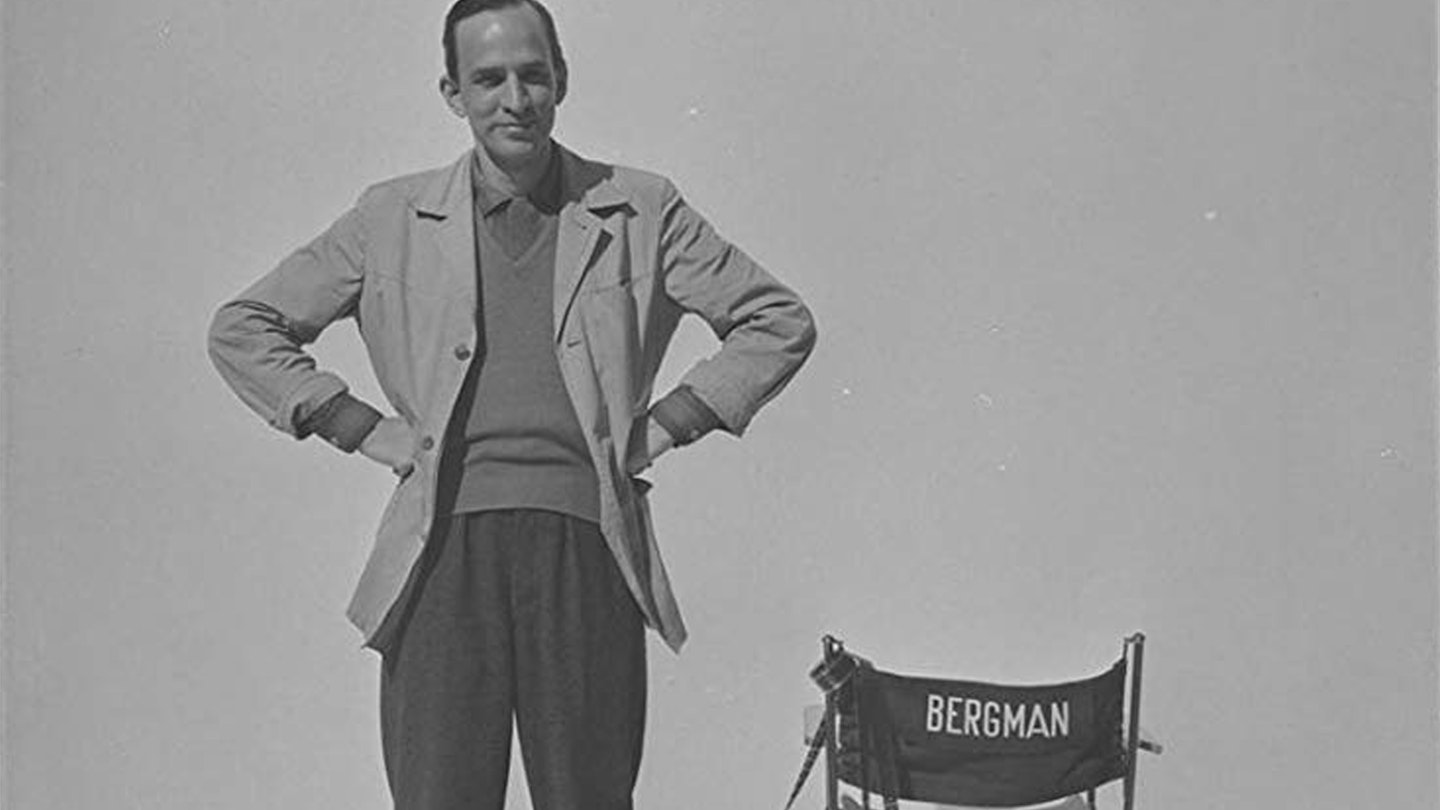One of two documentaries produced to mark Ingmar Bergman's centenary, along with Margarethe von Trotta's Searching For Ingmar Bergman, this ambitious insight into a pivotal year in the life of the peerless Swedish auteur follows TV journalist Jane Magnusson's earlier Trespassing Bergman, in which she had invited the likes of Woody Allen and Martin Scorsese to Bergman's island retreat on Fårö to assess his titanic achievement. However, 1957 proves to be a springboard rather than a locus, as Magnusson and her 40-odd talking heads criss-cross Bergman's extraordinary life in film, theatre and television to reveal a workaholic whose myriad contradictions make him simultaneously fascinating and reprehensible.
Sometimes sweeping and scattershot, but always clear-sighted, Magnusson's dissection of Bergman's psyche is hardly revelatory. But she makes effective use of archive clips to expose him as a serial mythologiser who came closest to telling the truth about himself in his films. A suppressed interview with his brother Dag contradicts Bergman's oft-repeated account of childhood beatings, while fresh light is shed upon his unreliable recollections about his pro-Nazi sympathies and the abusive relationship with lovers and wives like Karin Lannby and Gun Grut that add belated fuel to the #MeToo fire.
Frequent collaborator Liv Ullmann tearfully insists that Bergman was a decent fellow off the set. Yet, it seems that his demons were crucial to his creativity, and 1957 appears to have been the year in which the 39-year-old realised he could only analyse the human condition with any acuity if he became his own primary source of inspiration. But, having raised the connection between an artist's vision and their morality, Magnusson avoids reaching any definitive conclusions. Moreover, she dwells so long on Bergman's travails that she leaves no room for any critical assessment of his recurring themes and changing style.
